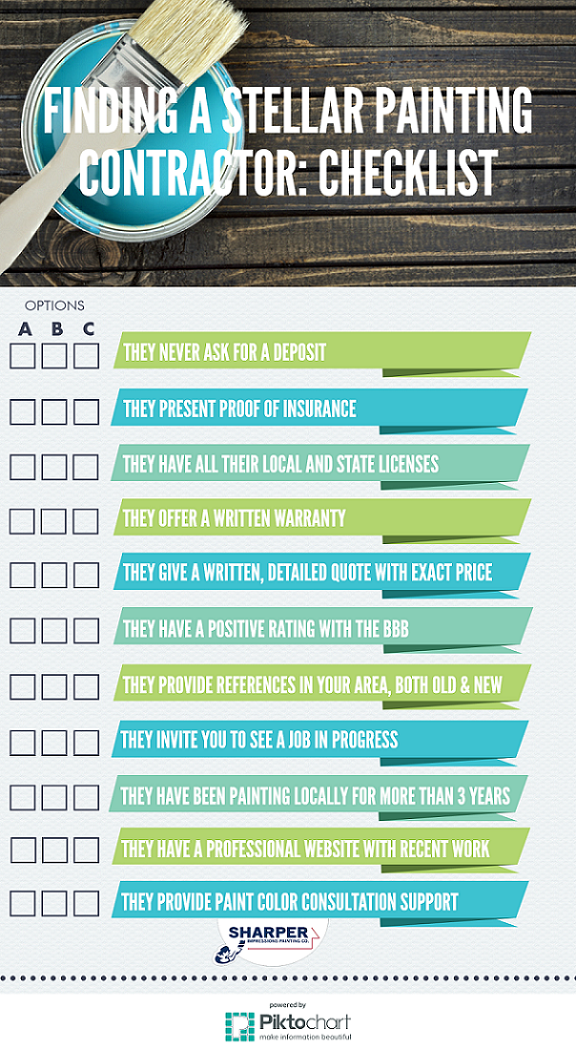Variables To Take Into Consideration For Commercial Exterior Paint By Season: Essential Information You Ought To Have
Variables To Take Into Consideration For Commercial Exterior Paint By Season: Essential Information You Ought To Have
Blog Article
Write-Up Writer-Carlson Rosendal
When you're planning a commercial outside painting task, seasonal variables can make or damage your outcomes. You'll intend to consider exactly how temperature and humidity influence paint application and drying times. Choosing the right season can guarantee your paint adheres effectively and lasts much longer. But which exterior painting are genuinely the very best for this type of work? Let's discover the crucial elements that can impact your task's success.
The Effect of Temperature on Paint Application
When you're preparing an industrial external painting project, the temperature level can dramatically affect how well the paint adheres and dries.
Ideally, you wish to paint when temperature levels vary in between 50 ° F and 85 ° F. If it's too chilly, the paint may not heal properly, bring about problems like peeling or splitting.
On the other hand, if it's also warm, the paint can dry out as well rapidly, protecting against appropriate attachment and causing an uneven finish.
interior office painters ought to additionally consider the time of day; morning or late afternoon offers cooler temperature levels, which can be a lot more positive.
Constantly check the supplier's suggestions for the specific paint you're utilizing, as they usually give guidance on the ideal temperature variety for optimum results.
Humidity and Its Effect on Drying Times
Temperature level isn't the only environmental element that affects your commercial external paint job; humidity plays a significant duty too. High moisture degrees can reduce drying out times significantly, impacting the general quality of your paint task.
When the air is filled with wetness, the paint takes longer to heal, which can bring about concerns like bad adhesion and a greater threat of mold development. If you're repainting on an especially damp day, be gotten ready for prolonged delay times in between layers.
It's important to check neighborhood weather conditions and strategy appropriately. Preferably, aim for humidity degrees in between 40% and 70% for optimum drying out.
Keeping these consider mind guarantees your job stays on track and delivers a long-term surface.
Best Seasons for Commercial Outside Painting Projects
What's the very best time of year for your business external painting projects?
Spring and early loss are usually your best bets. During these seasons, temperatures are moderate, and moisture degrees are usually reduced, developing suitable conditions for paint application and drying.
Stay clear of summertime's intense heat, which can trigger paint to dry also rapidly, leading to bad attachment and finish. Likewise, winter months's cold temperatures can prevent correct drying and treating, risking the long life of your paint task.
Go for days with temperatures in between 50 ° F and 85 ° F for optimum outcomes. Bear in mind to inspect the local weather forecast for rain, as damp problems can spoil your task.
Planning around these elements ensures your paint project runs smoothly and lasts much longer.
Final thought
In conclusion, planning your business external painting projects around seasonal considerations can make a significant difference in the outcome. By organizing work during the perfect temperatures and humidity degrees, you'll ensure better adhesion and drying out times. Keep in mind to watch on local weather prediction and choose the correct time of year-- spring and very early fall are your best options. Taking these steps will assist you accomplish a sturdy and expert finish that lasts.
